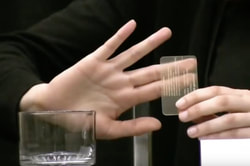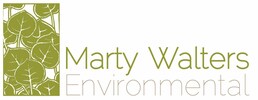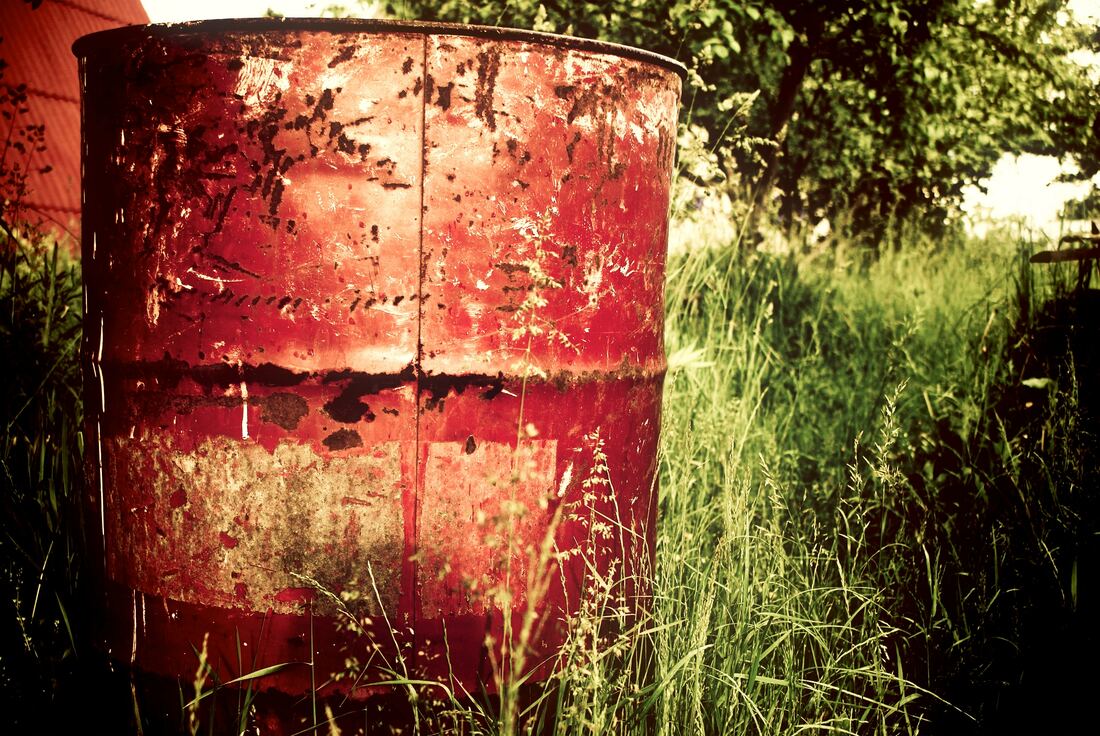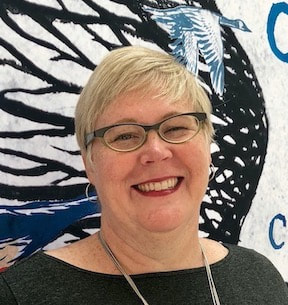 Geek Alert: Transparent Wood! Check out this article about some of the new wood science being done by engineers and scientists out there like Céline Montanari at the KTH Royal Institute of Technology in Stockholm. The idea of using the plant cells in wood and then filling them with a fluid that helps with temperature control? Will we be using transparent wood to provide light and improve passive solar properties of our houses in mountain climates? I can imagine now how much that would be appreciate during the short dark days of winter. Sometimes people tell me I'm just too optimistic, with my head in the clouds over all these innovations. But as with all progress, we have to dream big and try lots of different ideas, knowing that not all will become big commercial successes. I love to celebrate the people who are dreaming about how to use wood products in new ways that will be reflect a new, low-carbon world. Right now the State of California is developing a new wood products academic center of excellence, and I'll write about that when I learn more details about where it will be based and who will be directing this exciting new program.
3 Comments
I am often asked about why cleanup activities in California are more complicated than in other states. The quick answer is that California has several different laws that could trigger cleanups, and there may be a number of different regulatory agencies involved depending on the source of the contamination and the extent of contamination - whether soil, groundwater, surface water, or sediment is affected.
California is like other states, in that you must identify all the exposure pathways and address risks for human health and environmental receptors in order to close out a hazardous substance or petroleum release site. Background levels for metals can be used to support a finding of no release. Each agency has its own closeout checklist that is completed as part of the final assessment prior to regulatory closure. Engineering controls and institutional controls are used to supplement cleanup remedies and may remain in place in perpetuity through deed notices and deed restrictions. The process for completing remediation varies from one regulatory program to another. The key regulatory programs include:
DTSC uses soil cleanup standards that are geared toward human exposure and are developed by the Office of Environmental Health Hazard Assessment (OEHHA): http://www.oehha.org/risk.html DTSC also has its own method for assessing risks from soil vapor intrusion: https://dtsc.ca.gov/SiteCleanup/Vapor_Intrusion.cfm The SWRCB is a state agency, with Regional Water Quality Control Boards (RWQCBs) for nine regions across California. Water protection, for groundwater and surface waters, fall under the authority of these agencies. Environmental Screening Levels (ESL) were established for a wide range of exposure pathways and environmental conditions, and they address both human and environmental receptors. These are updated quite frequently, most recently in 2013. The Los Angeles and San Francisco Bay regional boards put these together, but they are applied across the state. http://www.waterboards.ca.gov/rwqcb2/water_issues/programs/esl.shtml In order to properly apply the ESLs, it’s critical that the applicable basin plan be consulted to identify all beneficial uses of surface and groundwater for the subject site, as these beneficial uses will drive the selection of screening criteria. For complex sites where screening levels may not adequately address multiple contaminants or synergistic effects, USEPA’s CERCLA risk assessment methodology may be used to set cleanup levels for a cleanup project. |
Marty WaltersEnvironmental Scientist Archives
March 2021
Categories
All
|
Proudly powered by Weebly



 RSS Feed
RSS Feed